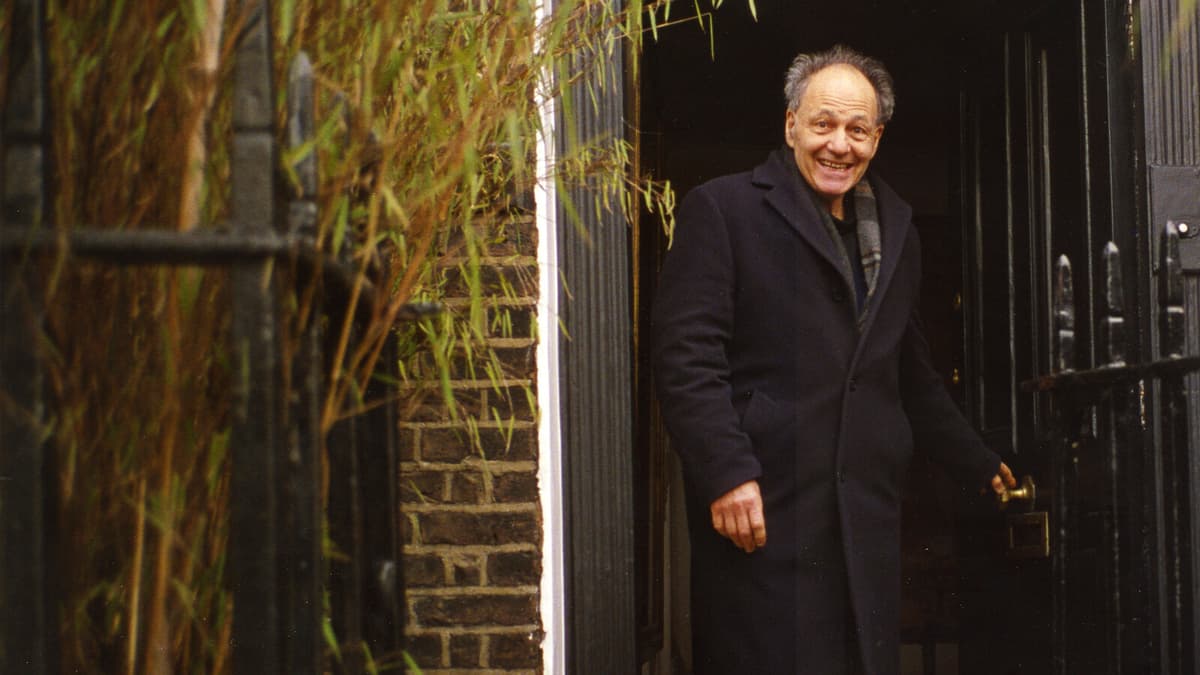Frank Auerbach was born in Berlin in 1931 and came to England in 1939 on one of the trains that transported Jewish children from Nazi-occupied Europe. Both his parents died in the Holocaust.
He attended a boarding school in England together with other orphaned children. And after studying at St Martin’s School of Art and Royal College of Art in London, he devoted the remaining seven decades of his life to painting.
Worked constantly
Auerbach lived and worked in the same studio in north London from 1954 until his death. According to his gallery, he worked 364 days a year.
We have lost a dear friend and an outstanding artist, but we are comforted by the knowledge that his voice will echo for generations to come, says Geoffrey Parton, head of Frankie Rossi Art Projects.
Together with other post-war artists in the "School of London", such as Francis Bacon, Lucian Freud, and Leon Kossoff, Frank Auerbach focused on figurative painting, regardless of artistic trends. With thick layers of paint, he produced almost abstract, yet recognizable landscapes and introspective, covered portraits.
Auerbach exhibited his works from the 1950s, but did not gain recognition until about 20 years later. His first retrospective exhibition was held at London's Hayward Gallery in 1978. He represented the UK at the Venice Biennale in 1986 and won the finest award, the Golden Lion.
His latest exhibition, "Frank Auerbach: The charcoal heads", was shown at the Courtauld Gallery in London in February. Last year, "Mornington Crescent" – one of many paintings inspired by city streets near his home – was sold at Sotheby's for 7.1 million dollars, equivalent to 77.5 million kronor.





